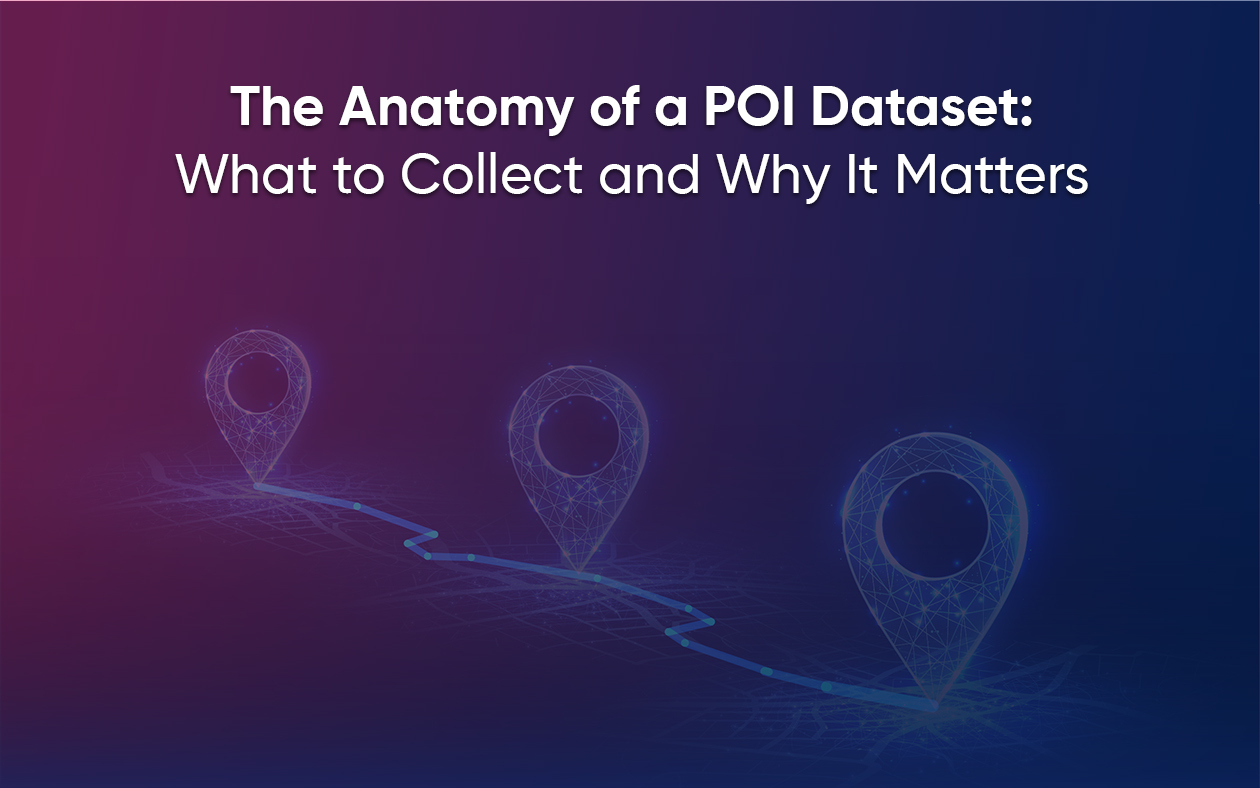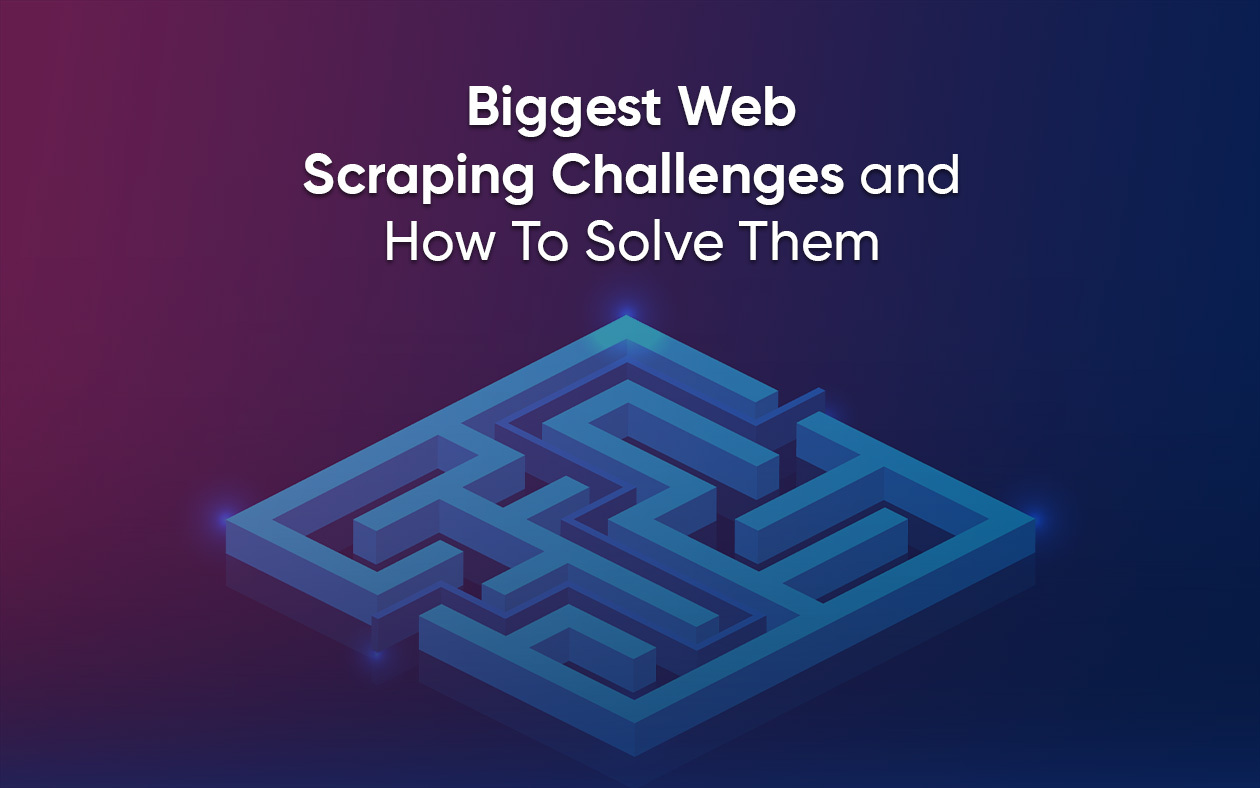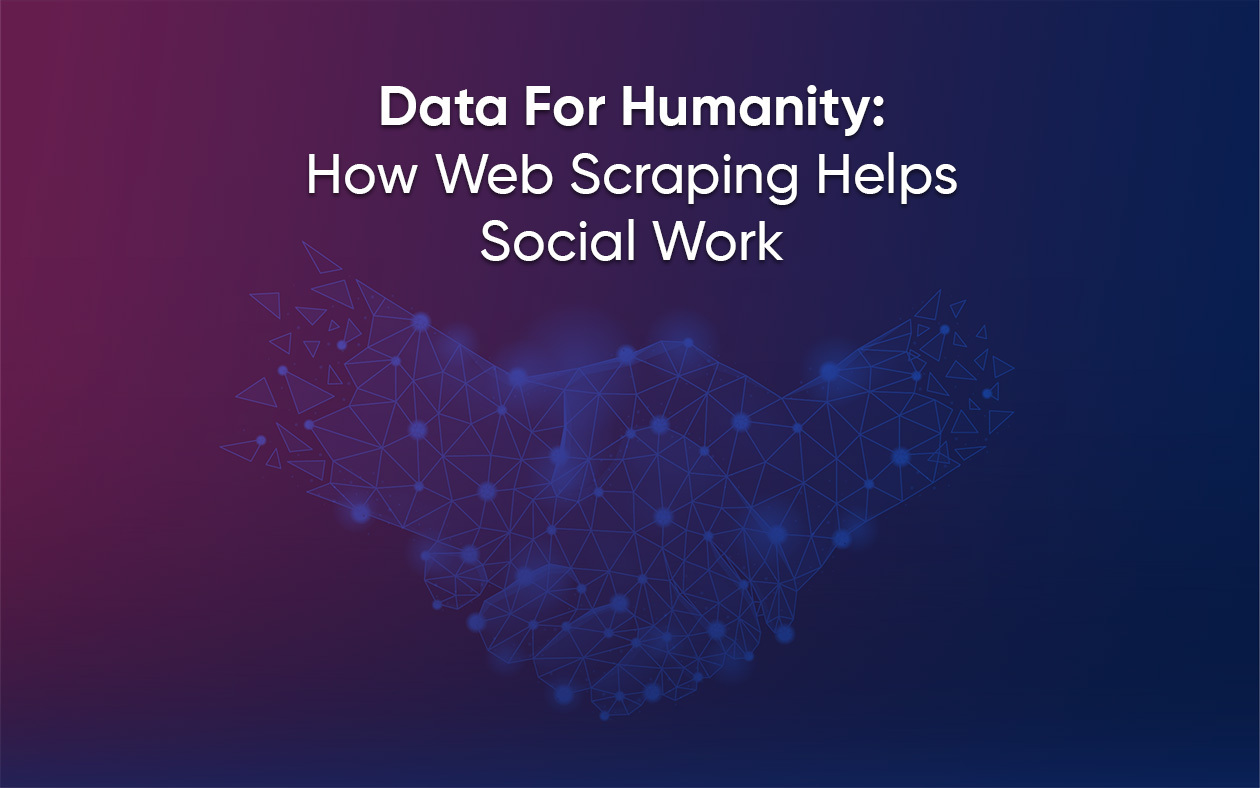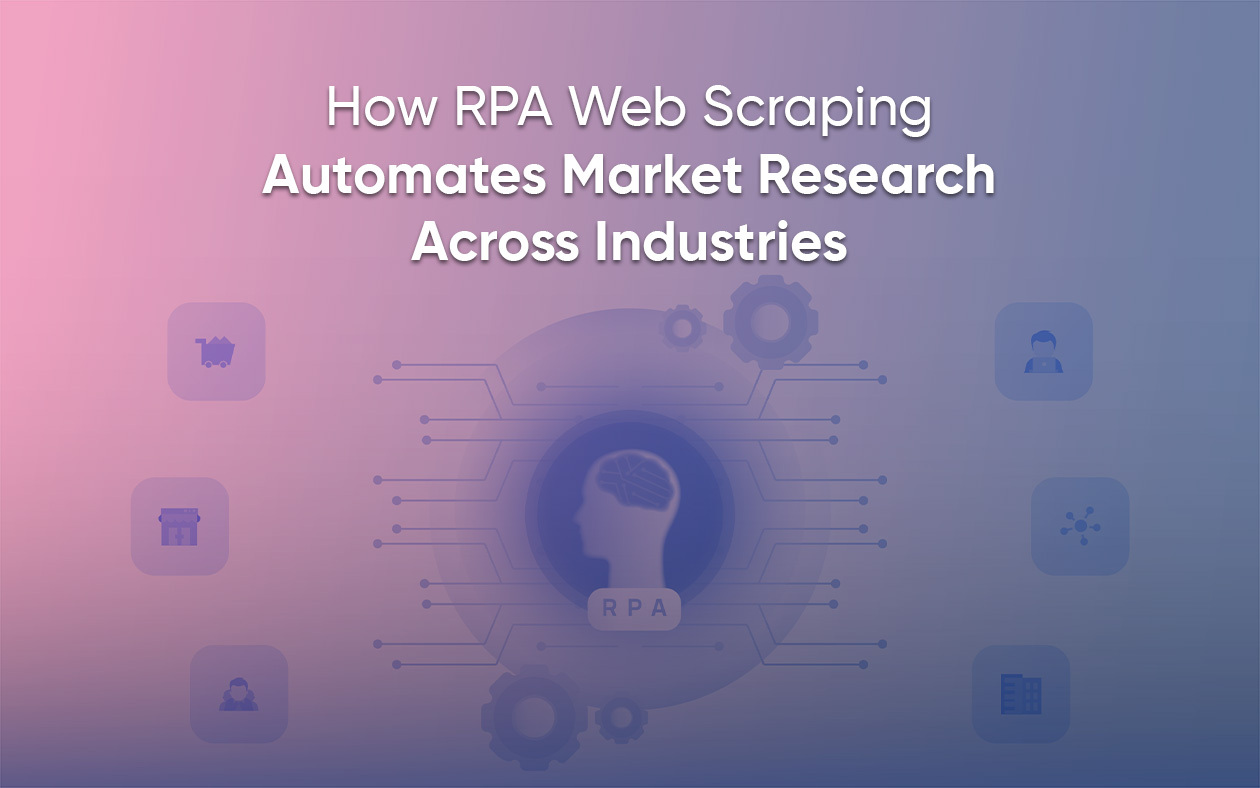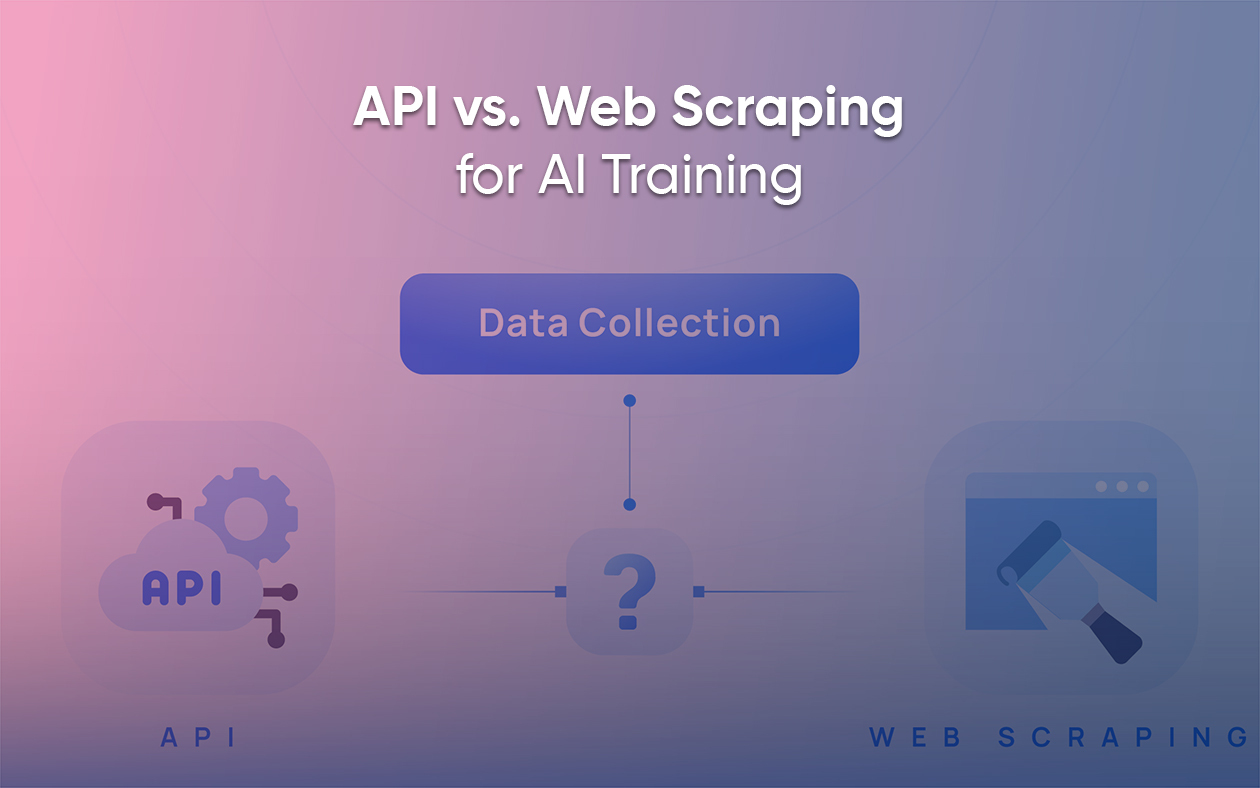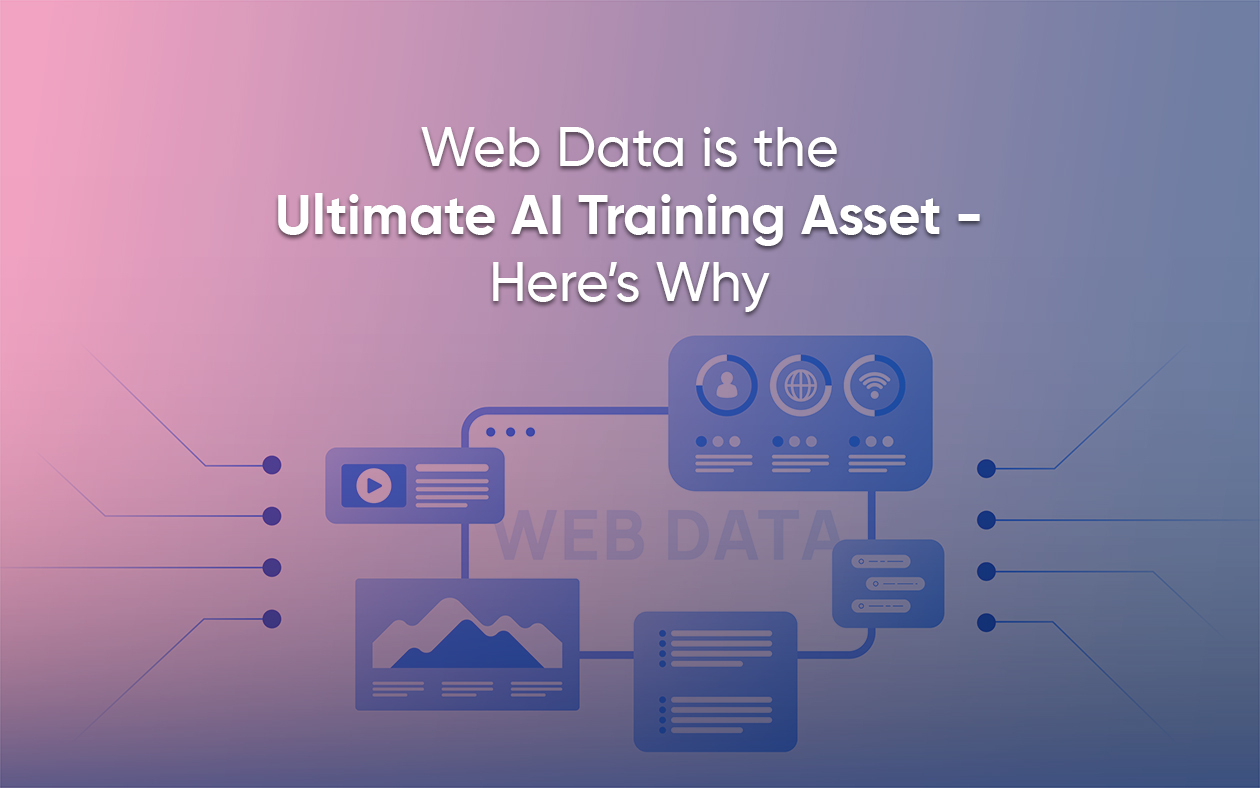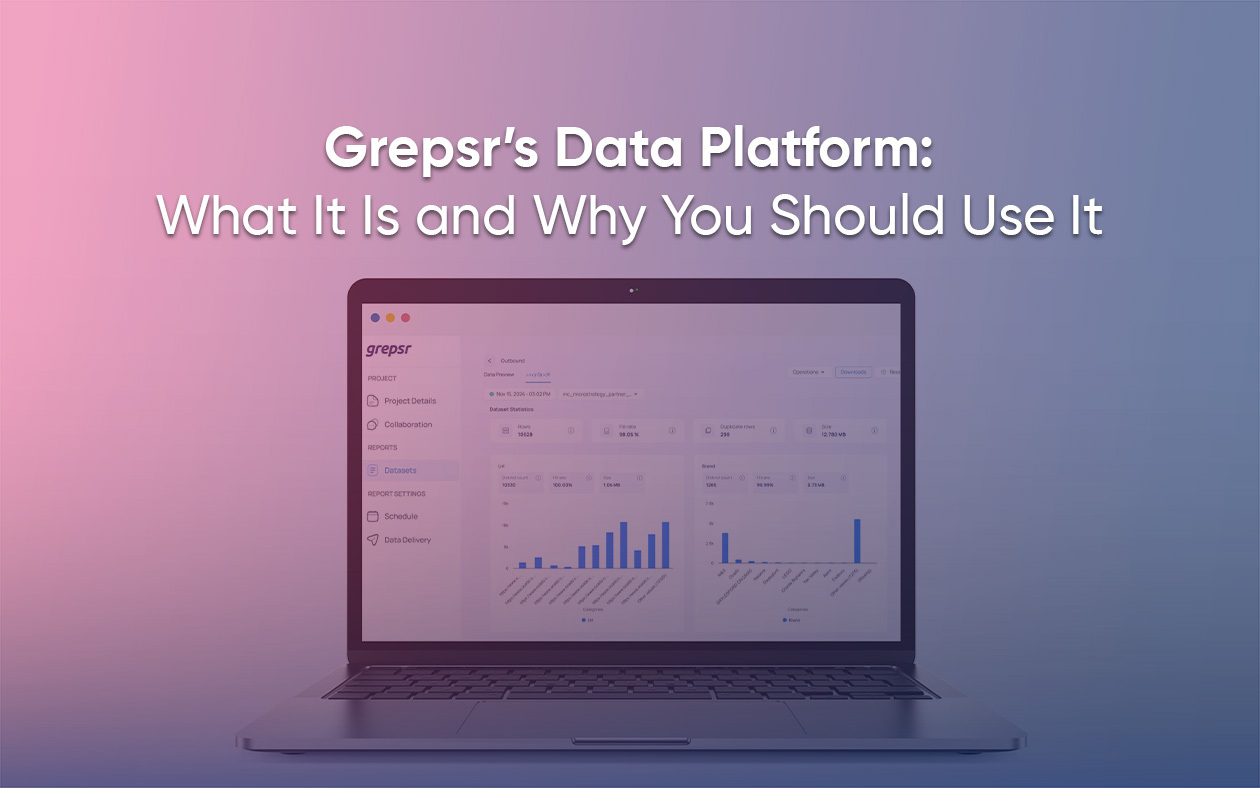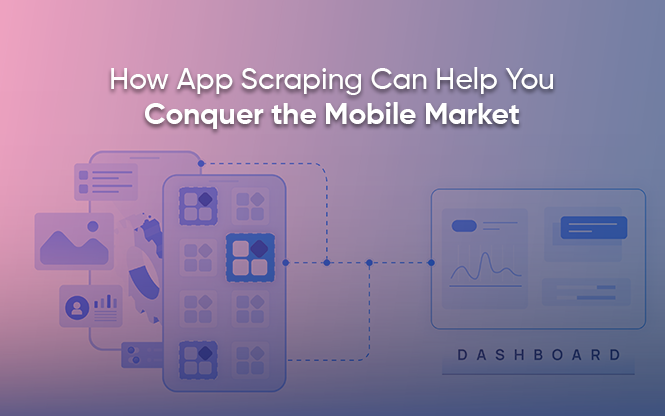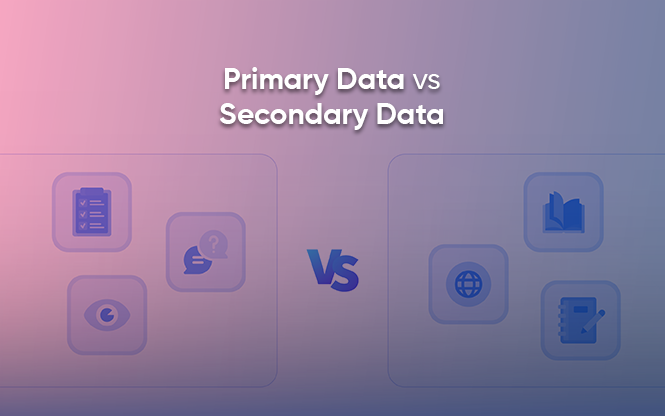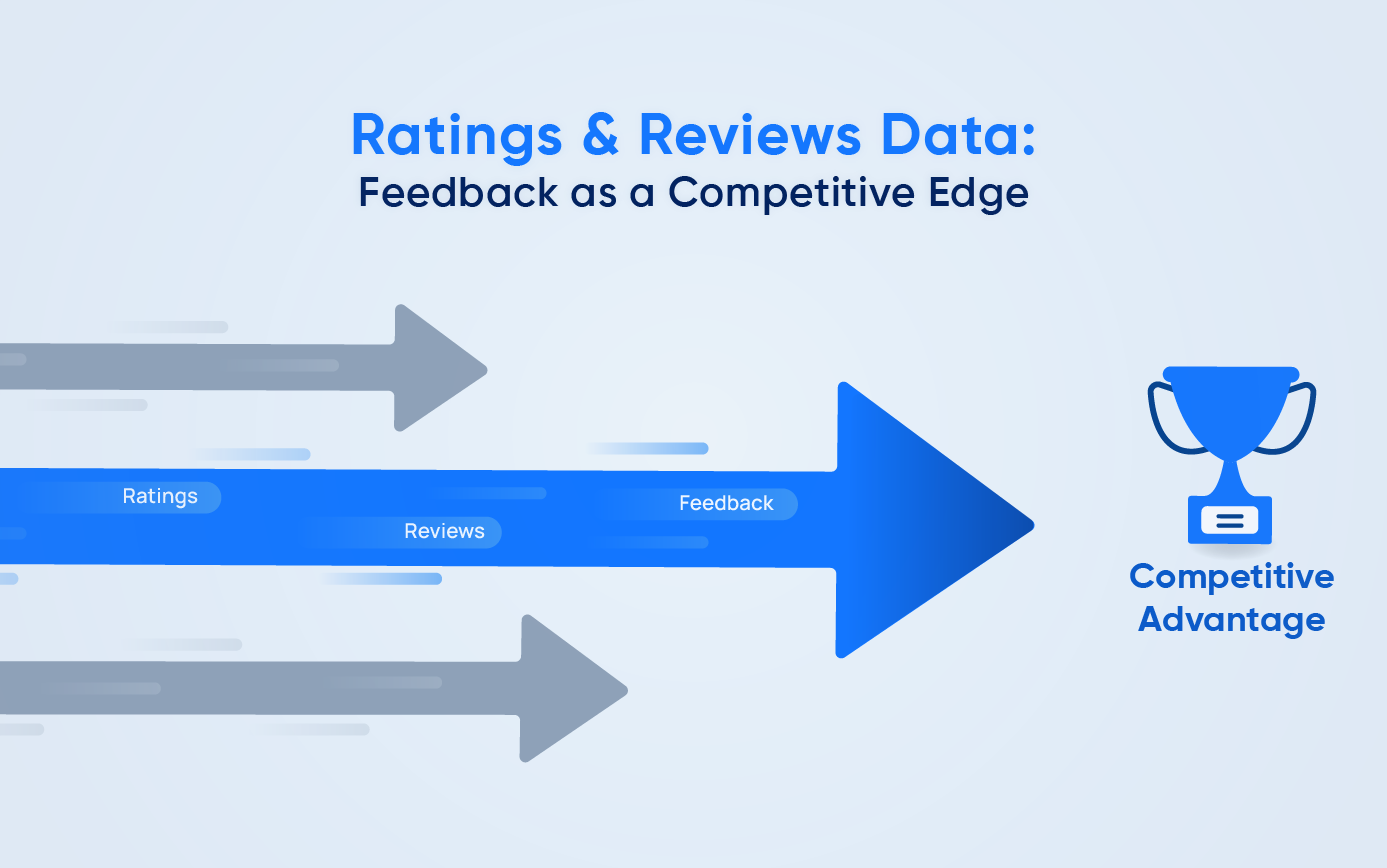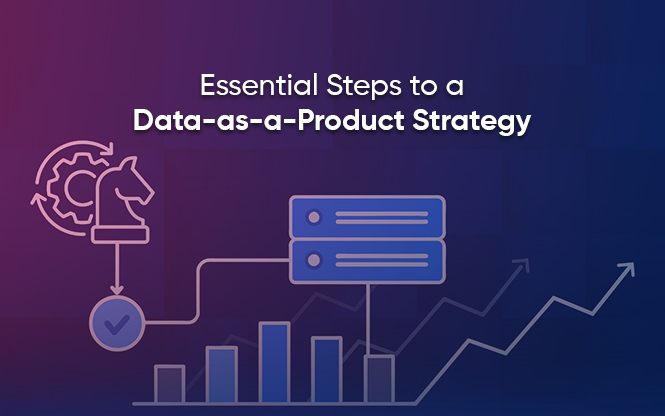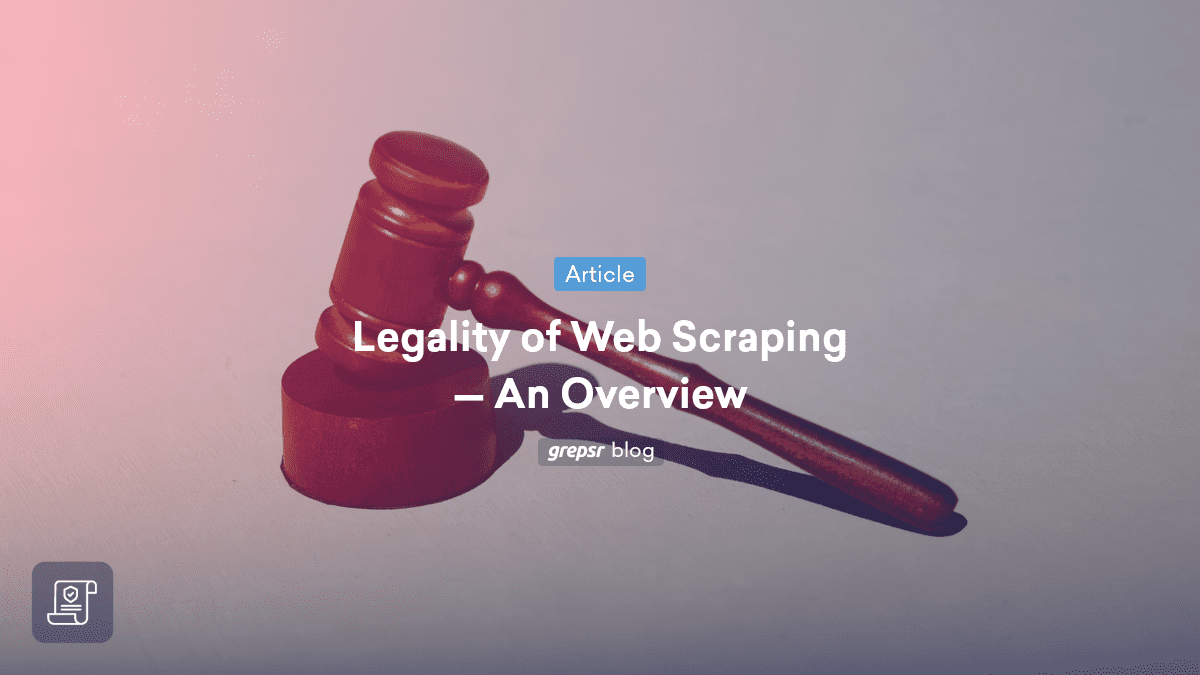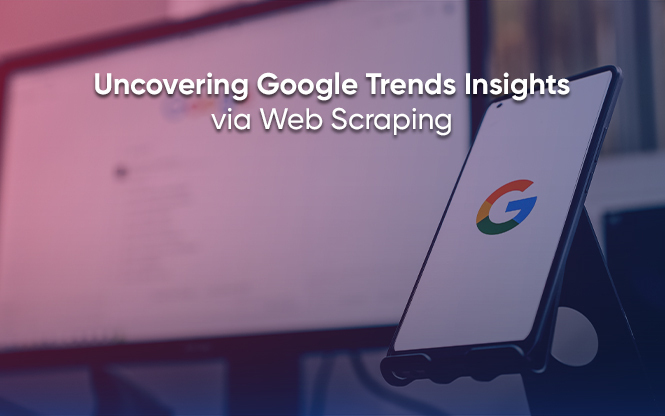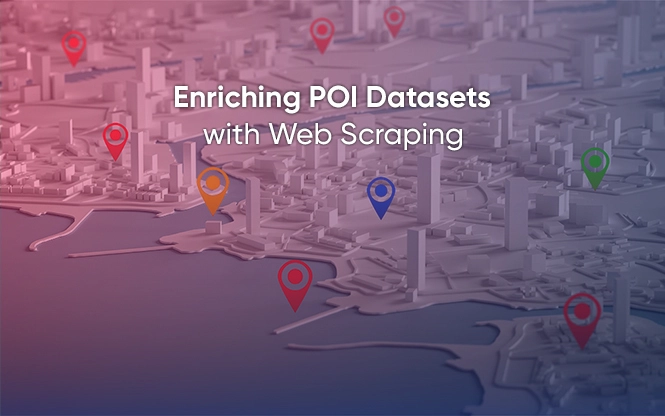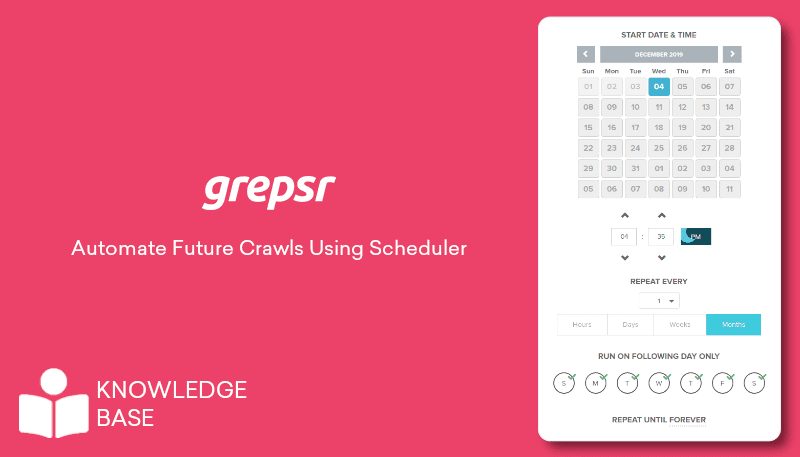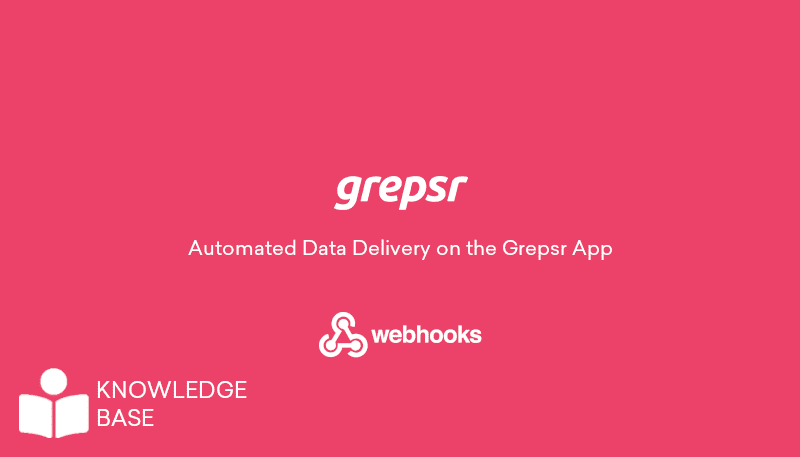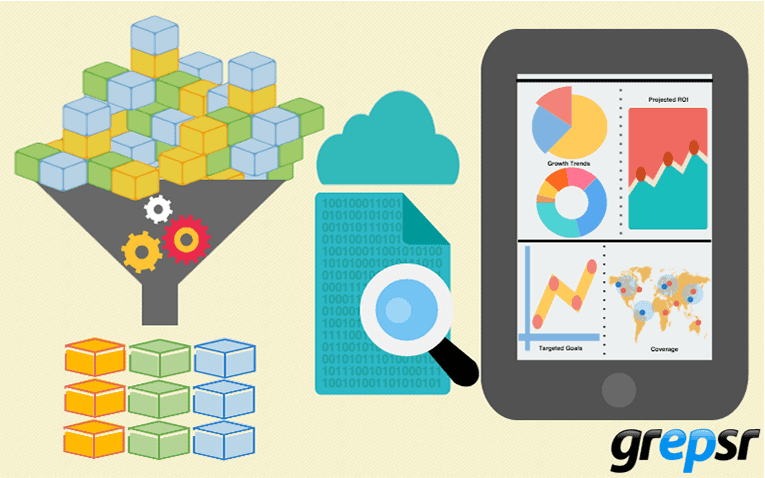
“Why the cockpit?”, you may wonder. In an airplane, we know that the cockpit contains a clear dashboard with intricate buttons and metrics that help the pilot navigate and control the aircraft.
Similarly, with data visualization, you can monitor performance, compare with benchmarks, identify trends, and make informed decisions that keep your business on the correct route.
Data visualization is a powerful tool. When done correctly, it is a much more elegant method of explaining even complex concepts compared to lengthy texts and paragraphs.
Maps and graphs have existed since the 17th century as a means of visualizing data. It was in the mid-1800s that the world saw one of the first examples of statistical data representation. When Charles Minard mapped Napoleon’s invasion of Russia. The map gave an in-depth insight into the event by correlating the information — size of his army and the path of his retreat from Moscow — with temperature and time scales.
However, it is the rise of technology that has elevated data visualization to its current soaring heights. As companies juggle enormous volumes of data on a daily basis, data visualization provides the basis for stakeholders to make bold and, in most cases, correct calls.
Why is Data Visualization important?
“A picture is worth a thousand words,” goes the old adage. Visual media are a more efficient means of communicating any information, whether simple, complex or diverse.
In any BI process, analysts routinely play with large volumes of raw data. Proper data visualization helps build complex models, making it easy to reach meaningful conclusions, and simplifies the decision-making process.
Companies can then use these insights to identify areas to improve upon and factors that influence customer satisfaction and make better predictions for sales and growth. Visualized data also helps identify outliers and unusual groups, trends, patterns and clusters on localized as well as wider scales.
Who uses data visualization?
Data visualization is used by all types of businesses, regardless of industry or size, to bring their data to life. Visualizations prevent any unforeseen losses of any information by giving businesses critical insights into their KPIs.
Interactive data visualizations enable companies to target new demographics and markets for prospects, and increase sales with existing customers. With more than half of the global advertising sales made online in recent years, more companies are understanding just how crucial web data and visualization tools and techniques have become.
Benefits of visualizing your data
As already discussed, data visualization enables analysts to get a better idea about their data, and also eliminates any possibility of human error during analysis.

The following are some of the major benefits that data visualization offers:
1. Reinforces messaging
Visual information is much easier to understand and retain, thus having a more powerful impact than any textual resource. Backing up your data and information with interactive visuals reinforces the message you’re trying to convey to your audience.
Having said that, it is also equally important to choose the right kind of visualization based on the kind of information you’re conveying. Wrong or improper visualizations confuse and overwhelm the audience, which is completely counterproductive.
2. Data Visualization and trends
An obvious but one of the most significant benefits that data visualization offers is the ability to identify all kinds of trends over time.
To make predictions about your products, sales or any other KPI, you need to leverage your past and present data. Identifying current trends and predicting future ones tells you everything you need to know about your current industry standing and what you can potentially achieve in the future.
3. Provides clearer understanding
Thanks to data visualization, you are able to process large amounts of information instantly, thus giving you in-depth and accurate insights into the important aspects of your business. In addition, it helps you convey all of this information clearly and effectively to your audience.
Key stakeholders aren’t always privy to and experts in every aspect of their organizations. With proper execution, data visualization brings leaders up-to-speed on all KPIs to then empower them to make quick and informed decisions. In that sense, data visualization is also one of the key tools to help bridge an organization’s cross-departmental divides.
4. Helps decision-makers react to the market
When a company’s KPIs are accurately tracked and clearly displayed on functional real-time dashboards, analysts and decision-makers are able to respond quickly to any drastic changes and prevent avoidable errors.
Identifying any trend early allows businesses to act accordingly — ride or get off a metaphorical market wave — in time to reap the most benefits or avoid the worst losses.
5. Aids decision analysis
These days, major business decisions are rarely taken on a whim, but on the basis of comprehensive analyses fueled by available data and information. When these analyses are then represented via accurate, unbiased visual tools, then the decisions taken yield the best results for your organization.
Hence, it is extremely important to feed complete, unbiased data into your decision-making workflows. Also, consistently and dynamically update charts and visuals to always communicate accurate findings.
Since data visualization is an extremely useful tool, it is vital for companies to realize its importance early and implement it in decision-making. When properly utilized, data visualization brings teams together. It empowers leaders to make more effective, data-driven decisions and gets your organizational messages across more clearly and efficiently.
About Grepsr
With more than a decade of experience in overcoming challenges to extract data from all sorts of web sources, Grepsr is your perfect solution for the most reliable and quality data in the industry. Having gone through rigorous quality checks before delivery, our data integrates with your workflow seamlessly to give you the best insights to aid your decision-making.
Our core mantra is providing access to quality data at scale. With clean and structured data ready for analysis, you can generate actionable insights through data visualization using advanced analytics tools.
Having said that, although our main priority is data extraction and delivering quality data as per requirement, we also provide data visualization services in some rare instances.
Say you want your data along with what that data represents in a visualized format such as charts, dashboards, interactive maps, etc.
Check out these few case studies where we did exhibit our expertise in data visualization.



Get in touch with us with your data sourcing requirements today for a free consultation. We’re sure we can work out a solution for you!








